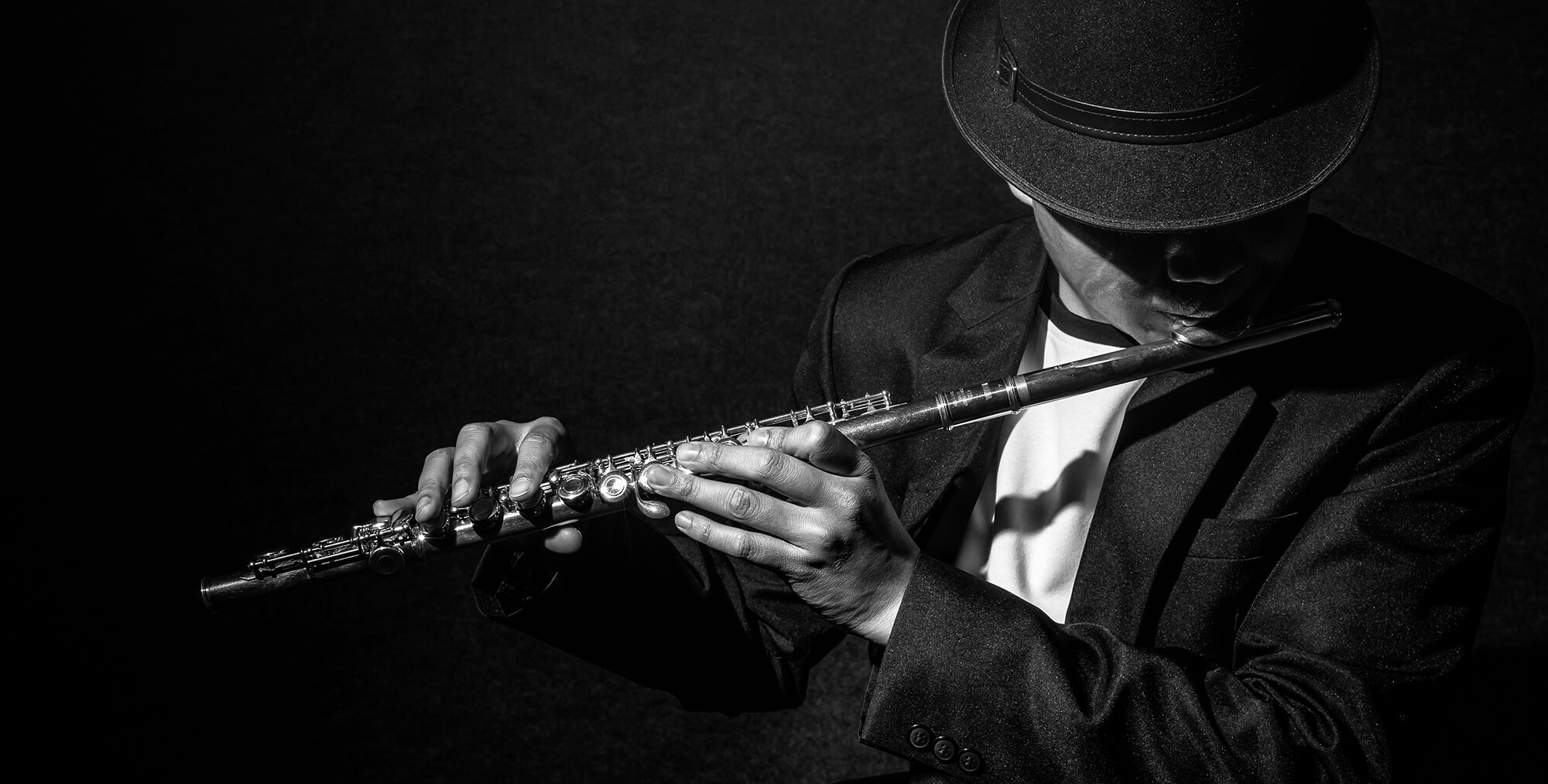 The Rise of Jazz Music in Early 20th Century America: A Harmonious Revolution
The Rise of Jazz Music in Early 20th Century America: A Harmonious Revolution
The Rise of Jazz Music in Early 20th Century America: A Harmonious Revolution
Posted
by
Impact Artist Promotions, LLC
on Wednesday, March 13, 2024
In the smoky, dimly lit clubs of New Orleans, a musical revolution was brewing. It was the late 19th century, and a unique blend of African rhythms, European harmonies, and improvisational spirit was giving birth to what we now know as jazz. This genre would go on to shape American culture, influence social movements, and become a cherished part of our musical heritage.

Origins: New Orleans, the Cradle of Jazz
New Orleans, with its vibrant cultural melting pot, became the birthplace of jazz. The city’s diverse influences—African, European, and Caribbean—converged in the lively streets, creating a fertile ground for musical experimentation. Storyville, the infamous red-light district, provided a platform for early jazz musicians to hone their craft. Here, they blended ragtime, blues, and brass band traditions, birthing a new sound that would soon captivate the nation.
The Great Migration and Jazz’s Urban Evolution
As the 20th century dawned, America underwent significant changes. The Great Migration saw black southerners move to the urban Midwest and Northeast, reshaping the cultural landscape. Jazz music played a crucial role in this transition. It migrated from New Orleans to cities like Chicago, New York, and Kansas City. The bustling urban centers embraced jazz, and it became the soundtrack of a changing America.
The Swing Era and Jazz’s Golden Age
The Swing Era of the 1930s marked jazz’s golden age. Benny Goodman’s historic Carnegie Hall concert in 1938 epitomized jazz’s acceptance as the most popular form of American musical expression. Goodman’s band, including Gene Krupa and Harry James, tore through jazz history, playing new arrangements by Fletcher Henderson. The concert also broke racial barriers, as members of Duke Ellington’s integrated band joined the performance. Millions of Americans purchased swing records, and jazz radio programs reached millions of listeners. Jazz had become a national phenomenon.
Jazz and Modernism: Crafting an Integrated Nation
Jazz was more than just music; it was a cultural force. It coincided with the shift to modernism, as Americans sought new ways to connect with one another. Technological innovations—radio, motion pictures, and phonograph records—helped create a more singular American culture. Regional identities blurred, and a national musical culture emerged. Jazz played a pivotal role in this transformation, linking Americans across time and space.
Try Audible Plus

Legacy and Influence
Jazz’s impact extends beyond its historical context. It played a role in the Civil Rights Movement, breaking down racial barriers through integrated performances. Its influence reverberates in modern music genres like rock, hip-hop, and R&B. Jazz remains a testament to creativity, resilience, and the power of artistic expression.
Conclusion
As we listen to the soulful melodies and syncopated rhythms of jazz, we honor a genre that emerged from the streets of New Orleans, transformed America, and continues to resonate with our hearts. Jazz is more than notes on a page; it’s a living testament to the human spirit—a harmonious revolution that forever changed the course of music and history.
Categories:
Independent Musicians
|
Music History
Tagged: Independent Music, Indie Musicians, Jazz Music